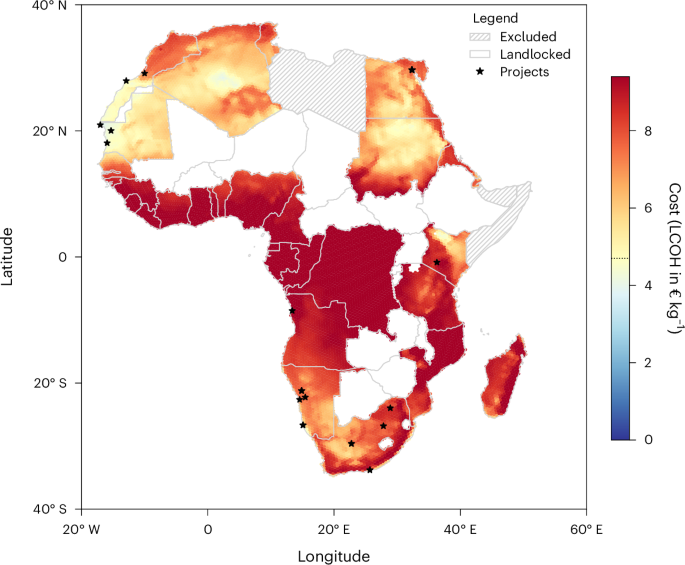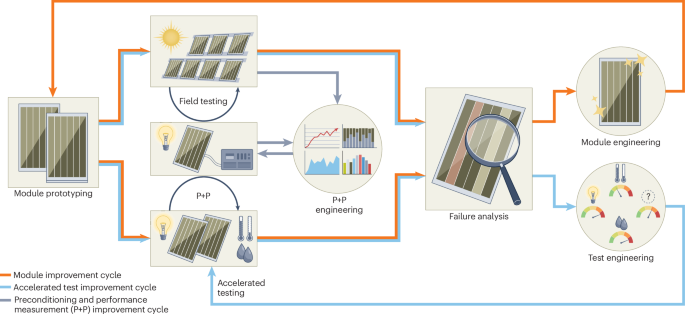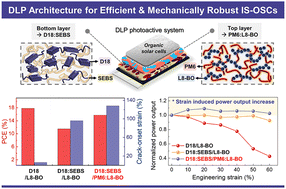Rare Earth Single Atoms Steering Hydrogen Spillover Over Pd/WO3 Toward High‐Efficiency H2 Sensor at Near Room Temperature
Advanced Energy Materials, EarlyView.

Predicted by theoretical calculations, the work function difference (ΔФ) between Pd and WO3 can be precisely modulated by introducing rare earth (RE) single atoms, which facilitates hydrogen spillover and desorption. The H2 response of the resultant RE-Pd/WO3 delivers a negative relationship with the ΔФ, and the Ce-Pd/WO3 with the lowest ΔФ presents the best H2 sensing performances at near room temperature.
Abstract
Metal oxide semiconductor (MOS) supported Pd materials are potential candidates for H2 sensors, while effective H2 detection at near room temperature remains a great challenge owing to the difficulty of hydrogen migration from Pd at low temperature. Herein, guided by theoretical calculations, rare earth single atoms doping Pd nanoparticles supported on WO3 nanorods with tunable work function differences (ΔФ) and oxygen vacancies are precisely developed to improve H2 sensing performances. The resultant Ce-Pd/WO3 presents the highest response of 31.3 toward 50 ppm H2, showing 6 times improvement over the Pd/WO3, which realizes the trace and fast detection of H2. Density functional theory results reveal that the energy barrier of hydrogen migration and the formation energy of oxygen vacancy decrease after introducing rare earth single atoms, and Ce-Pd/WO3 with the lowest ΔФ exhibits the most facile hydrogen spillover and desorption. The in situ spectra characterization and hydrogen spillover experiments further demonstrate the highly improved hydrogen migration over the Ce-Pd/WO3. Significantly, the real-time monitoring application of the Ce-Pd/WO3 device for hydrogen leak (0.1 V/V%) in Al-air batteries is also verified. This work can shed light on the development of a high-efficiency H2 sensor via the precise modulation of work functions.















































































































































